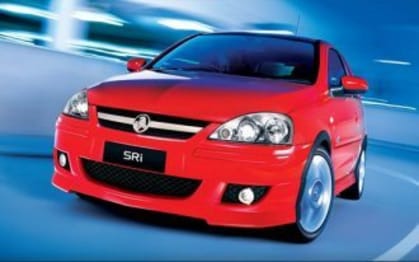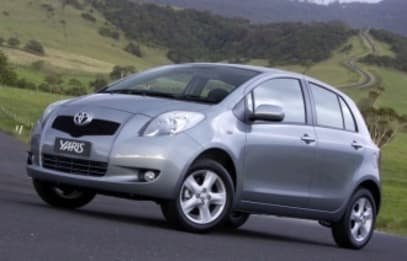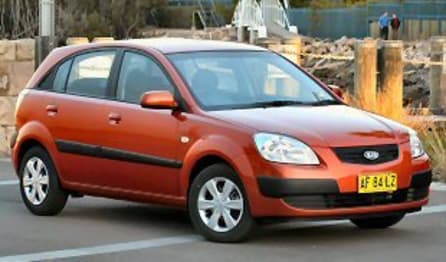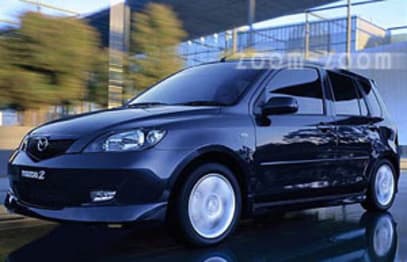
Used Holden Barina review: 2005-2008
- Holden Barina
- Holden Barina 2006
- Holden Barina 2007
- Holden Barina 2005
- Holden Barina 2008
- Holden Barina Reviews
- Holden Reviews
- Holden Hatchback Range
- Hatchback
- Holden
- Used Car Reviews
- Buying tips
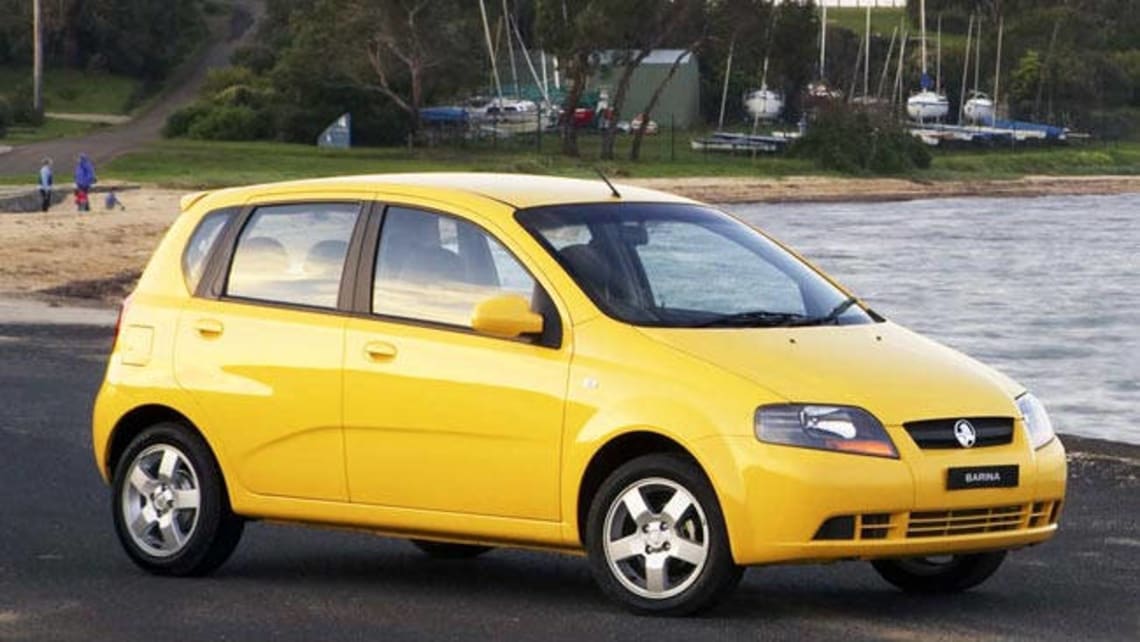
The old adage that you get what you pay for springs to mind when thinking of the Korean-built current generation Barina. Like all Korean cars of the era there was nothing flashy about the Daewoo-built Barina, it was basic transport and little more than that. Since 2005 Holden has sourced its small car from Daewoo in Korea, which by then was owned by General Motors and run by Holden.
Earlier Barinas had been sourced from Suzuki in Japan and Opel in Europe and had become popular with small car buyers. It was particularly popular during the time it was attached to the European-sourced Opel cars, but when Holden began sourcing it from Korea it lost a little of its gloss.
There was always going to be some angst when Holden made the decision to source the Barina from Korea, particularly when it was realised it would be Daewoo supplying it. Daewoo had failed to get any traction in the Australian market when it was trying to sell cars locally; its cars were plain and simple, and did nothing to excite the automotive states buds at all.
While importing its small cars from Korea instead of Opel made good business sense given the relative exchange rates and the cost-effectiveness of building cars in Seoul, customers were wary of the Daewoo connection.
MODEL WATCH
The Daewoo badge was pretty much on the nose after a series of very ordinary cars over the decade or so it was sold here under its own banner. It didn’t help that it used a dog to promote its wares. In that context Holden faced an uphill battle in trying to convince buyers its Daewoo-sourced cars were of a quality expected of a Holden.
The first challenge for Holden was to distance the Barina from the Daewoo it was based on. In that respect Holden’s designers did a decent job, the Barina makeover gave the small Korean car a much brighter and more attractive look than the Daewoo. Daewoos were mostly bland looking cars, so much so they often looked down-in-the-mouth and sad.
A bright new grille, big Holden badges, some nice wheels and a new interior had the drab Korean car looking a whole lot more attractive. Underneath, Holden’s engineers retuned the suspension to make it more suitable for Australian roads and driving conditions.
The front drive Barina ran a 1.6-litre four-cylinder unit with double overhead camshafts, with an output of 76 kW at 5800 revs and 145 Nm at 3600 revs. While more than man enough for the job of propelling the small car it was rather rough and noisy when revved hard.
In base form it was linked to a five-speed manual gearbox, but there was a four-speed auto available as an option. The manual was a bit soggy in operation, and the auto wasn’t the smoothest unit, but they both got the job done without any fuss.
Brakes were a combination of front discs and rear drums, while ABS came as part of an option with 15-inch alloy wheels.
While the Holden suspension engineers came up with a better package than their Korean counterparts had and it wasn’t a soggy handler, the ride was firm and could be a little uncomfortable even on smooth roads on which it found just about every minor glitch in the road surface.
It was initially available as a hatch in three and five-door variants, and from 2006 a four-door sedan as well.
Inside the interior was neat and attractive, designed by Mike Simcoe, but the plastics were cold and hard, and the controls and dials cheap and cheerful. It was quite well equipped, however, with a list of standard equipment that included air-conditioning, MP3 compatible CD sound with steering wheel controls, power windows and full-sized spare.
IN THE SHOP
Like most modern cars the Barina doesn’t suffer from major flaws, and they are still in their infancy in automotive terms. With the oldest now four years old most will have 80,000-100,000 on the clock and coming up for a major service.
Being a cheap and cheerful car many will have been used as the family’s second car and driven by drivers of varying skill and experience. Many will have been used in the daily rough and tumble of domestic duty on the school and supermarket runs, so look carefully for the bumps and scrapes that come in that world.
Check for evidence of regular servicing, which can be neglected by cash-strapped owners.
IN A CRASH
Safety became an issue with the Barina when it was given a two-star rating by the European New Car Assessment Program, which cast doubt on its crash performance. When launched the Barina had front airbags for the driver and front seat passenger, along with seat belt pretensioners, but it wasn’t fitted with the side airbags the European models were equipped with.
In standard form the Barina didn’t have ABS antilock brakes; they were optional. It’s worth looking for a car with the option fitted. Holden made many safety improvements for the MY 2009 Barina and it achieved a four-star crash rating in ANCAP testing.
AT THE PUMP
Driven with economy in mind the Barina will deliver the acceptable figures of 7.0-8.5 L/100 km on average around town.
THE BOTTOM LINE: It’s unrefined, and no star in safety terms, but the Barina will suit those who want basic transport and have a tight budget.
Pricing
| Year | Price From | Price To |
|---|---|---|
| 2008 | $2,640 | $5,720 |
| 2007 | $2,420 | $4,950 |
| 2006 | $2,200 | $4,290 |
| 2005 | $2,310 | $4,730 |
Pricing guides
Range and Specs
| Vehicle | Specs | Price* | |
|---|---|---|---|
| CD | 1.4L, ULP, 5 SP MAN | $2,640 – 4,070 | 2005 Holden Barina 2005 CD Pricing and Specs |
| (base) | 1.4L, ULP, 5 SP MAN | $2,420 – 3,850 | 2005 Holden Barina 2005 (base) Pricing and Specs |
| SXi | 1.4L, ULP, 5 SP MAN | $2,640 – 4,070 | 2005 Holden Barina 2005 SXi Pricing and Specs |
| SRi | 1.8L, PULP, 5 SP MAN | $3,080 – 4,730 | 2005 Holden Barina 2005 SRi Pricing and Specs |
Other cars to consider
$2,500
Lowest price, based on 7 car listings in the last 6 months



